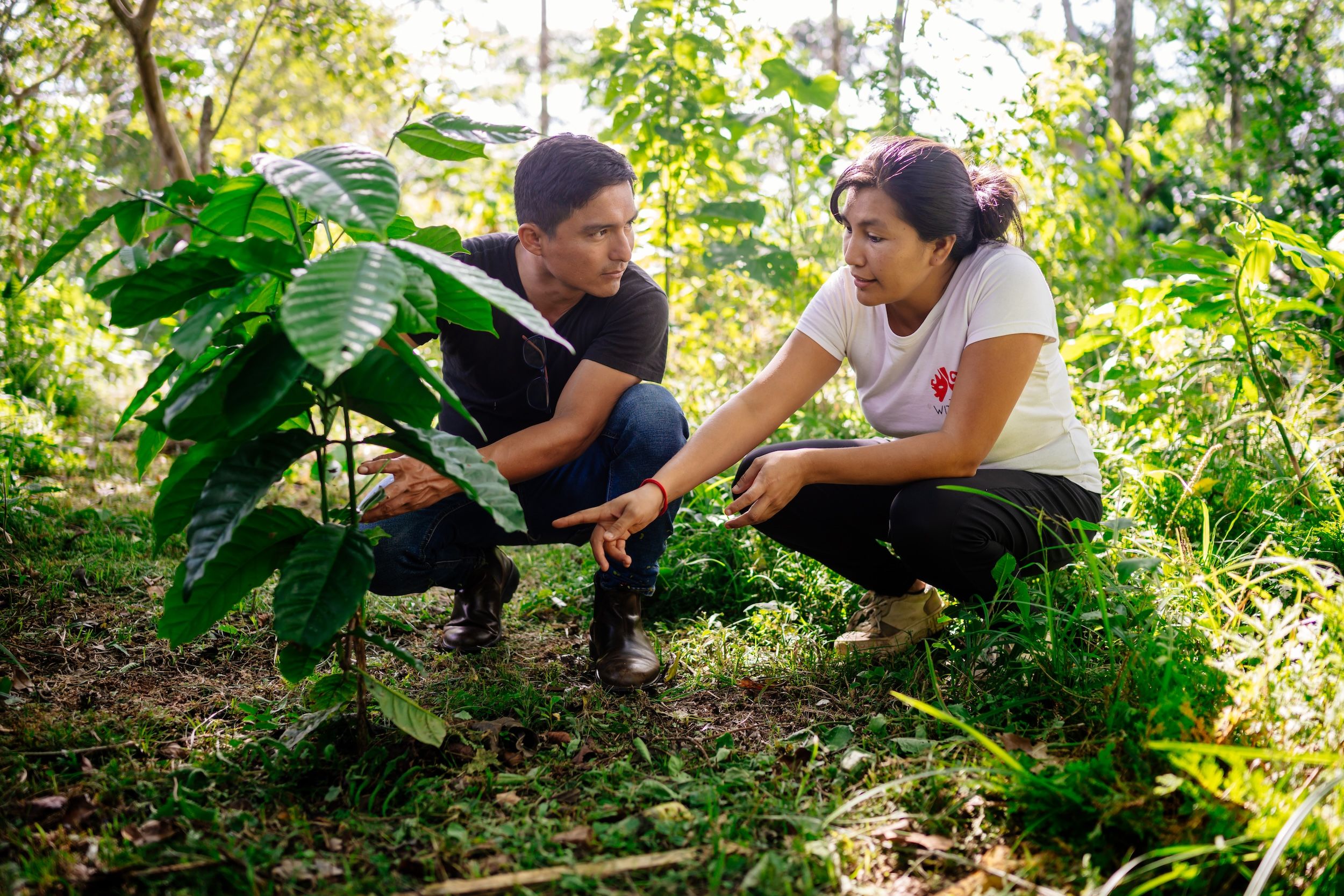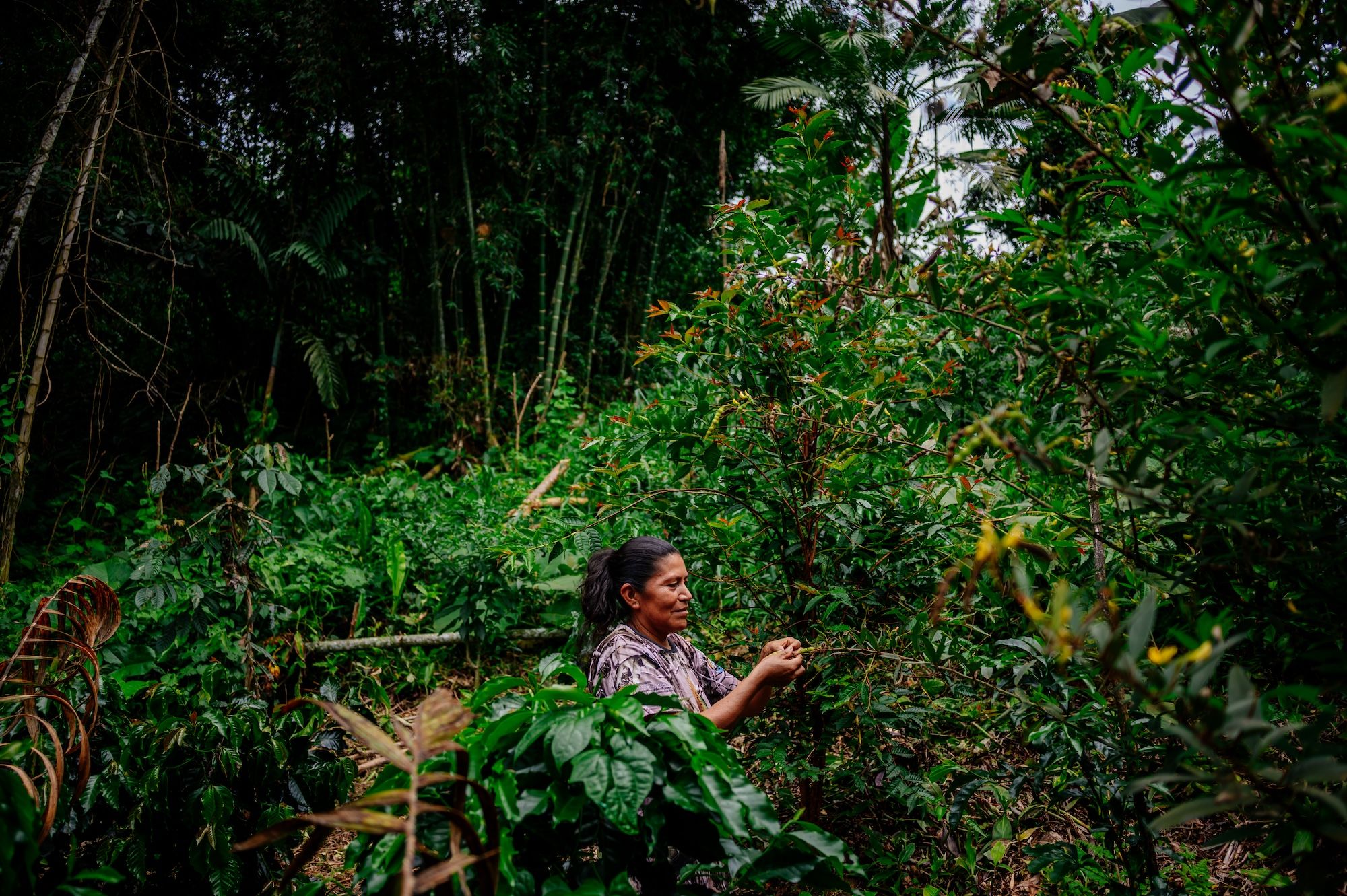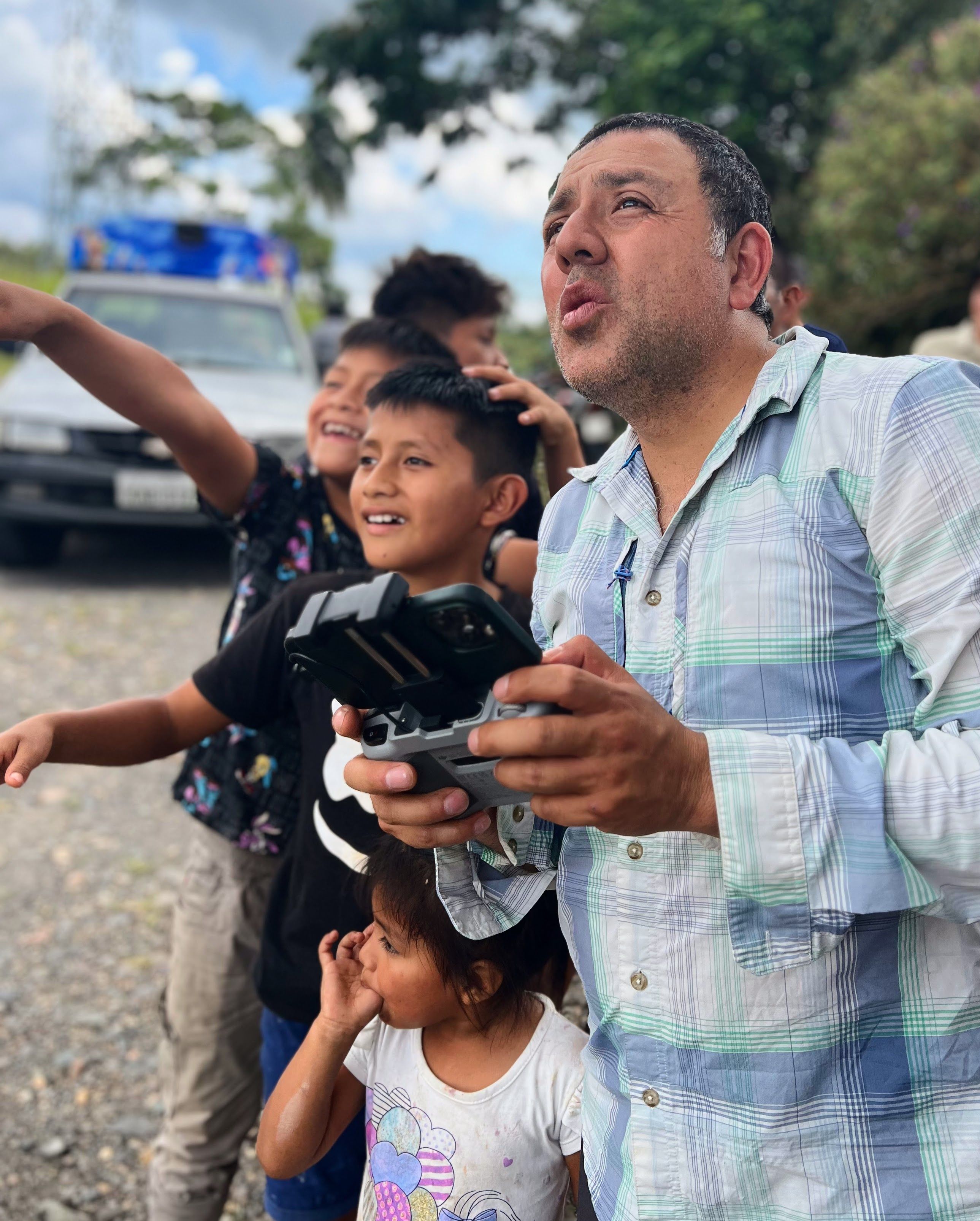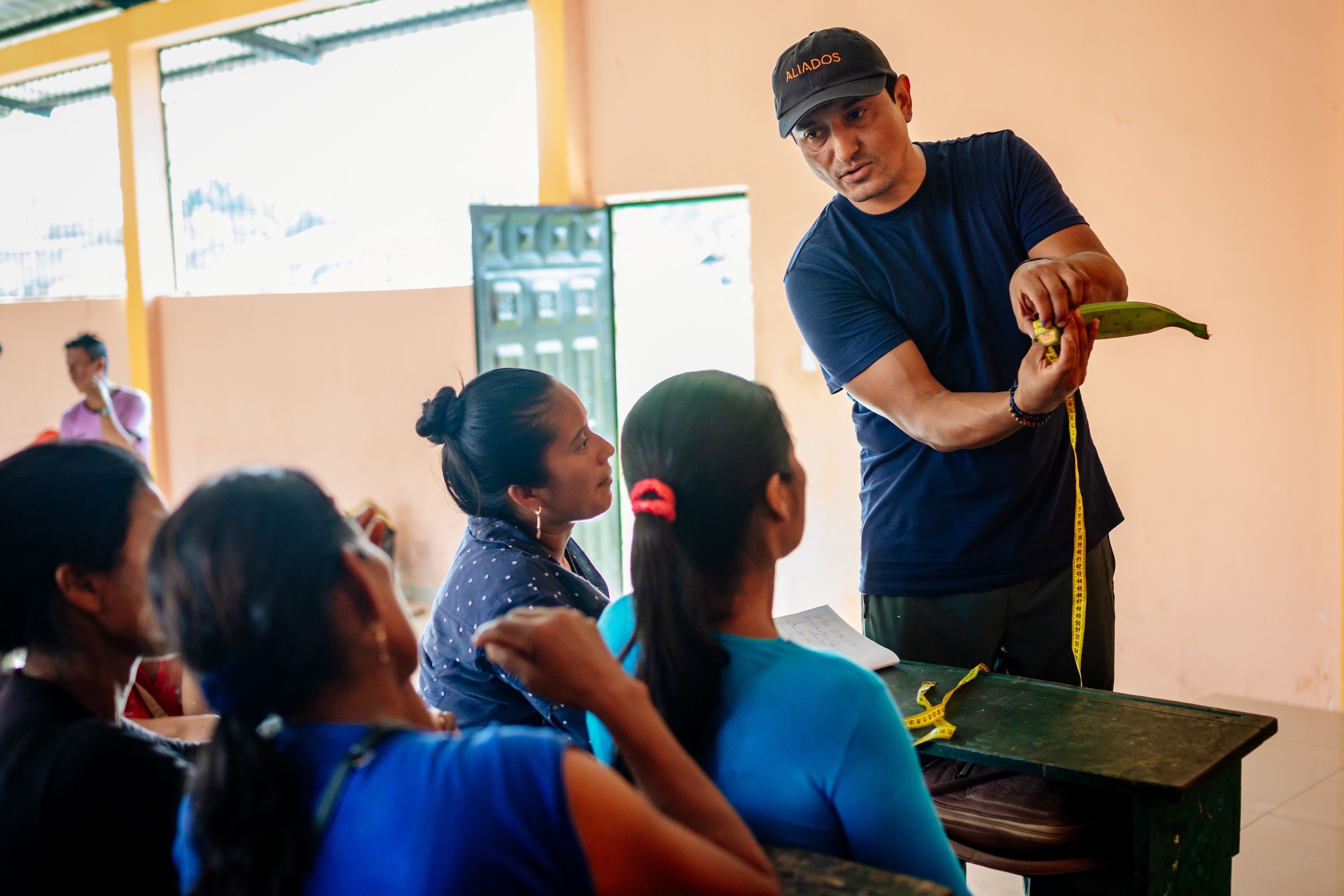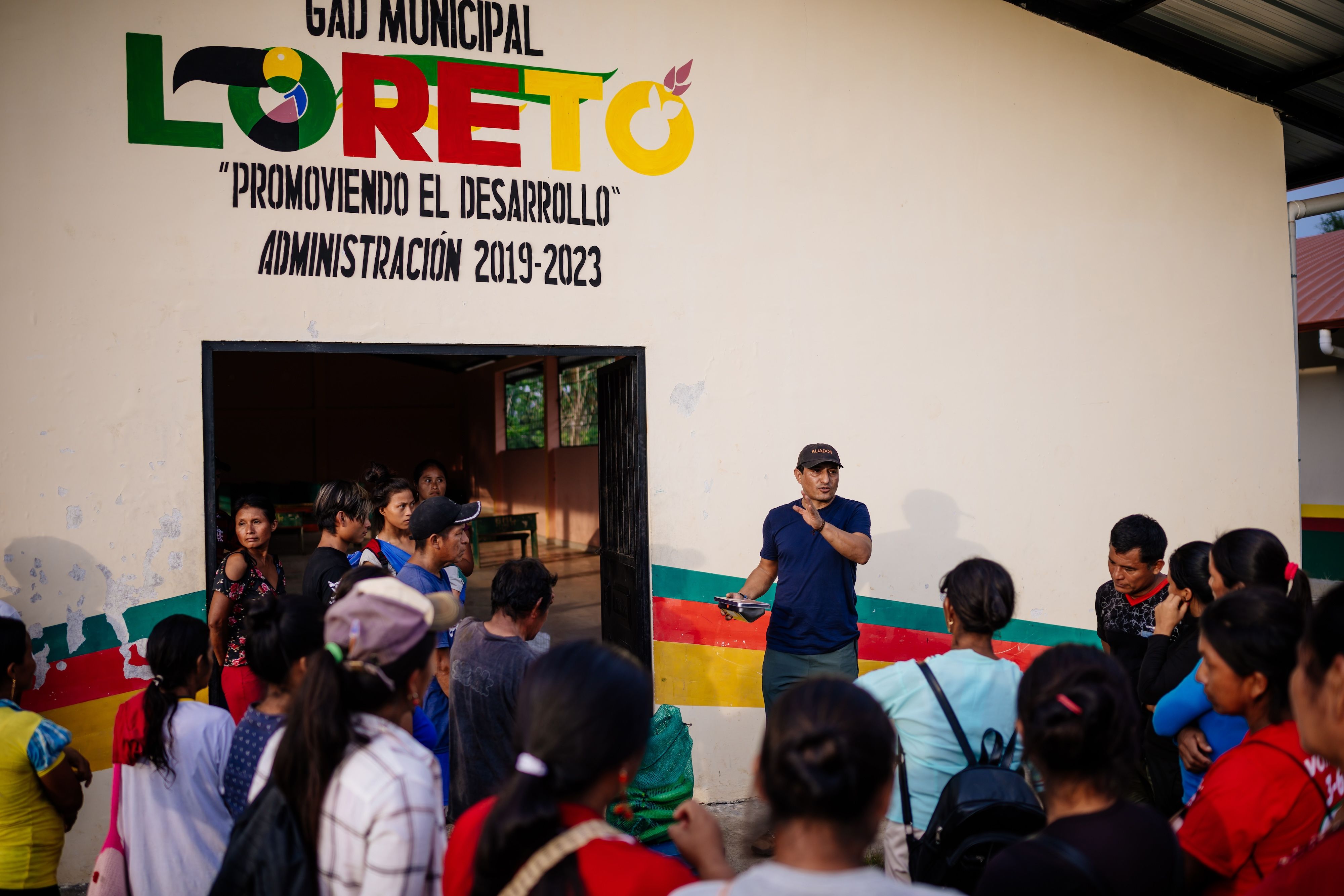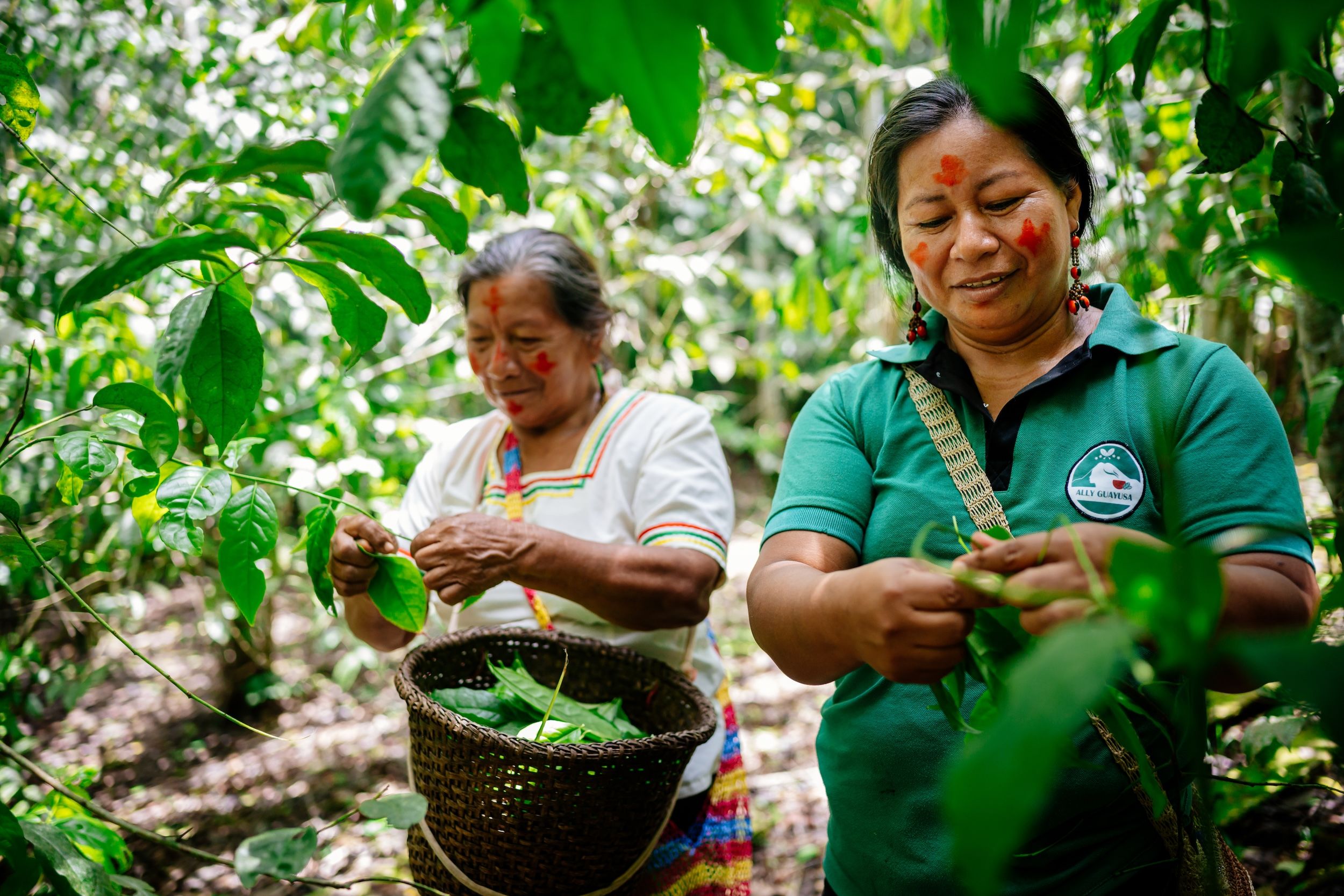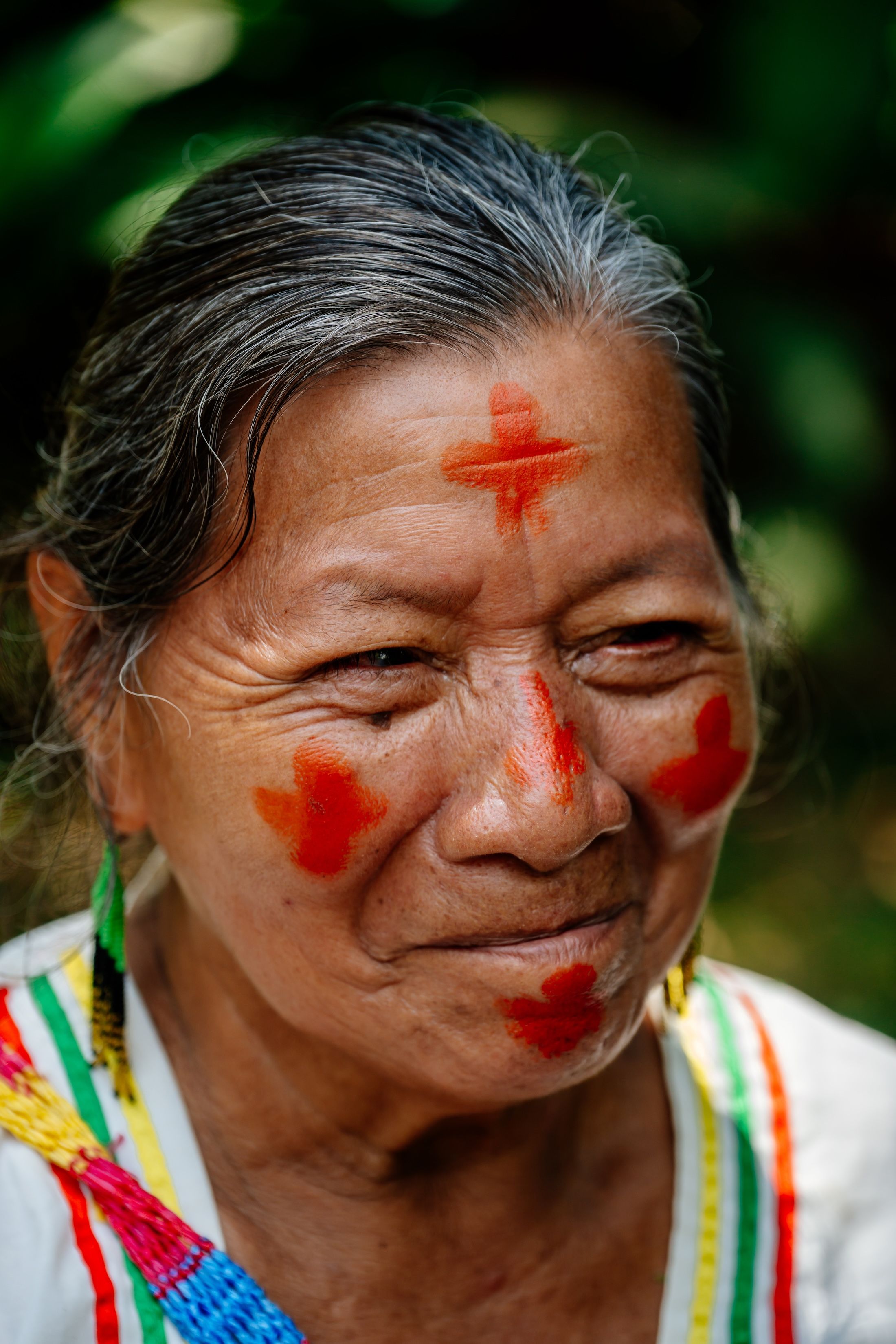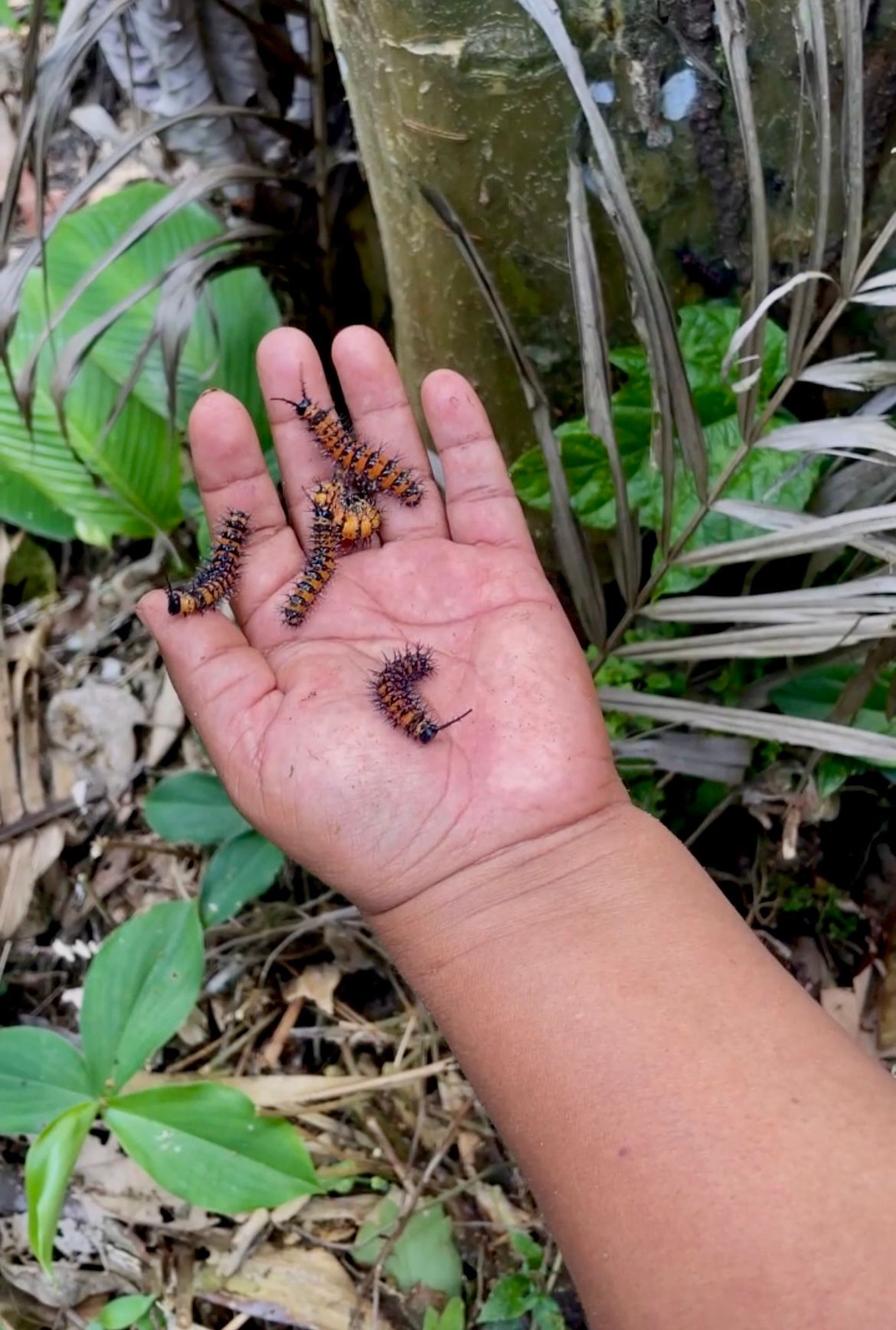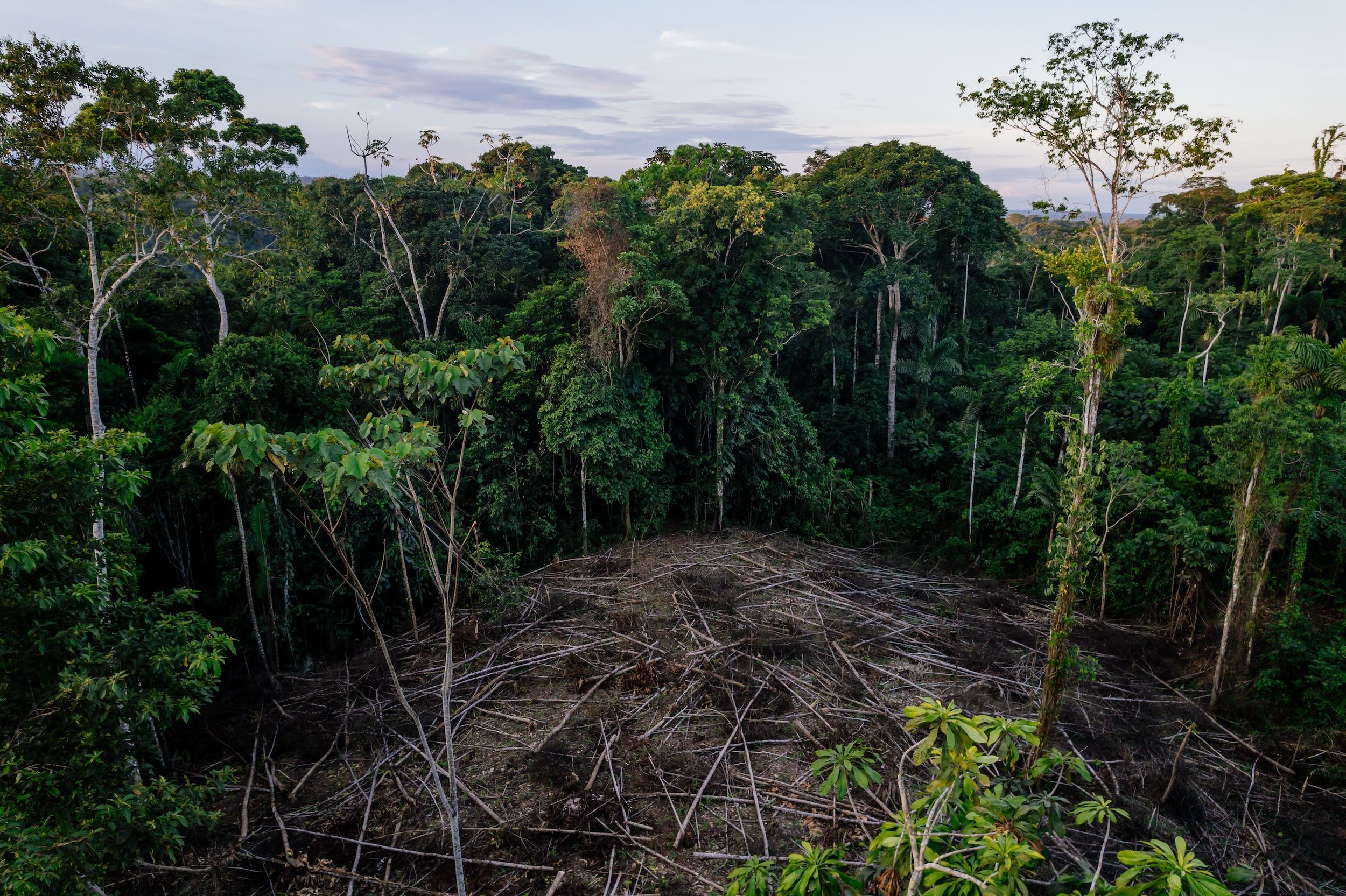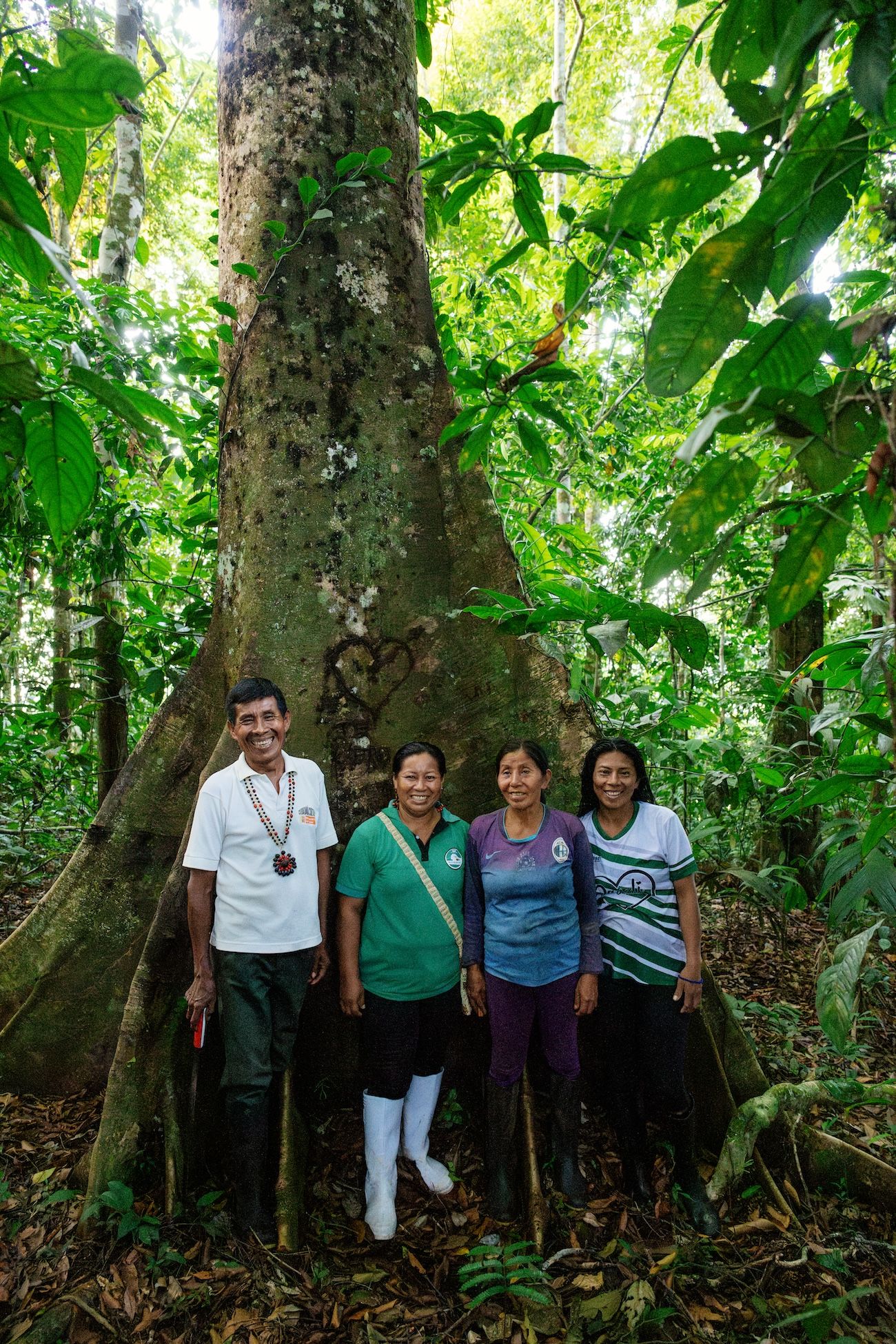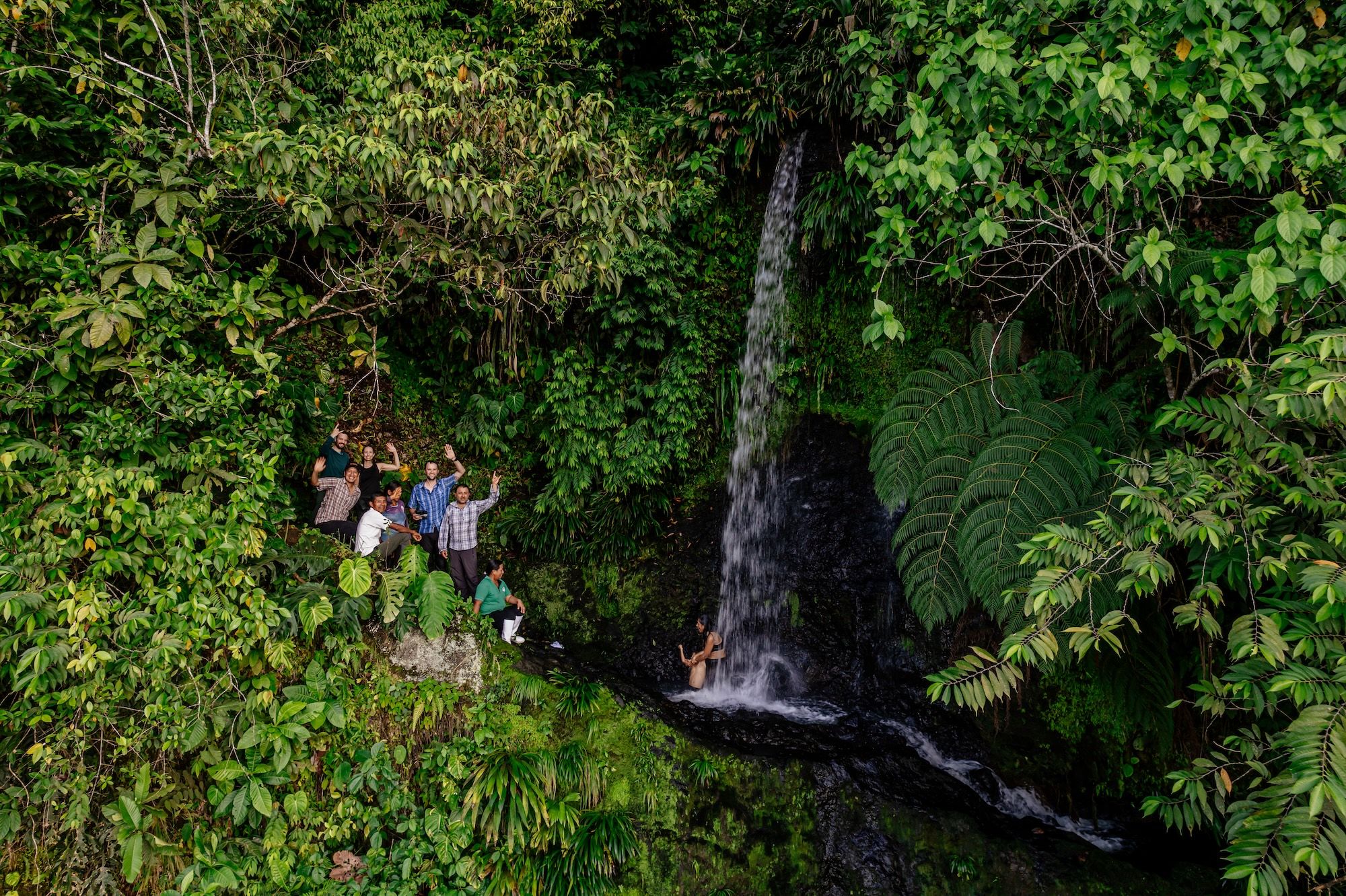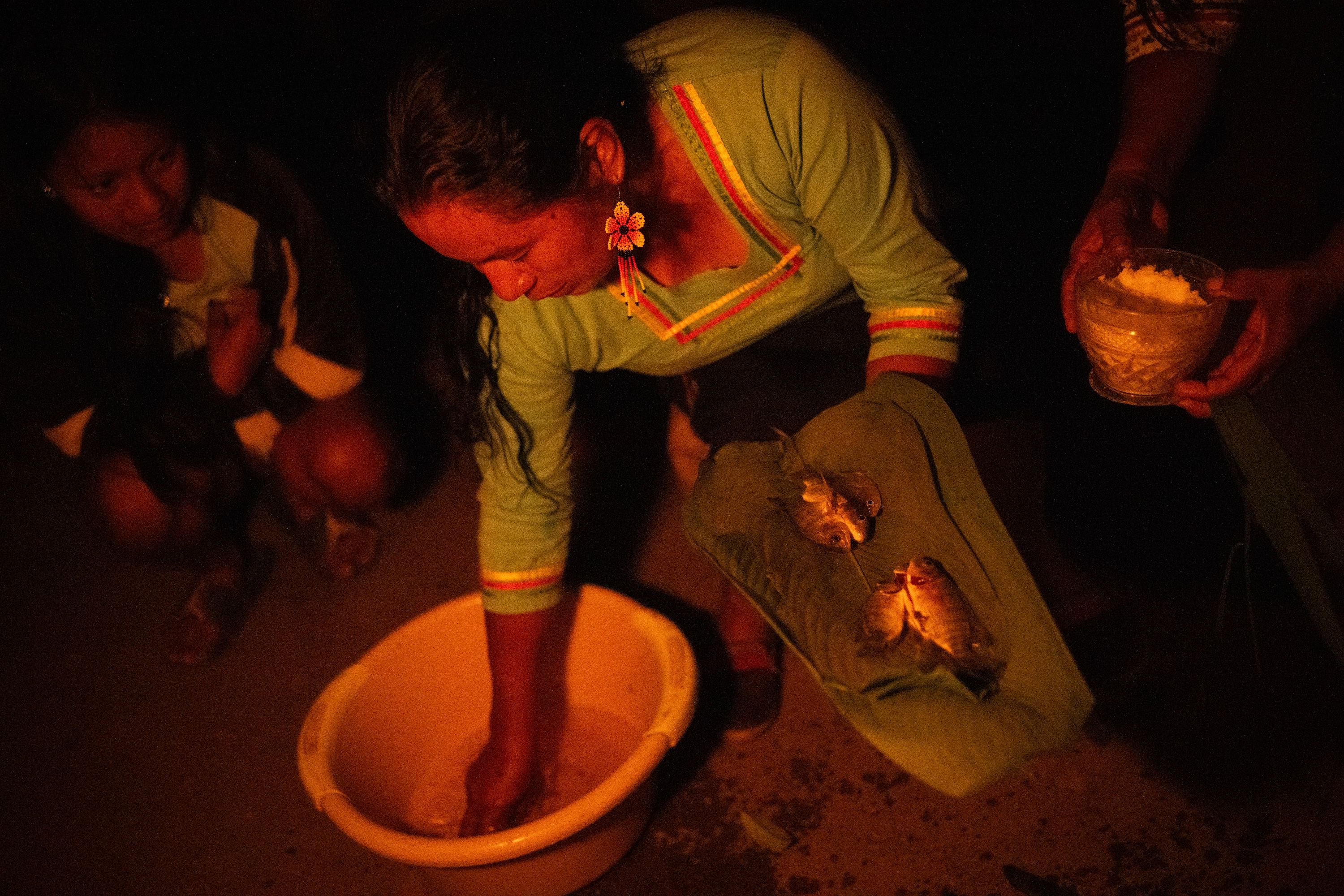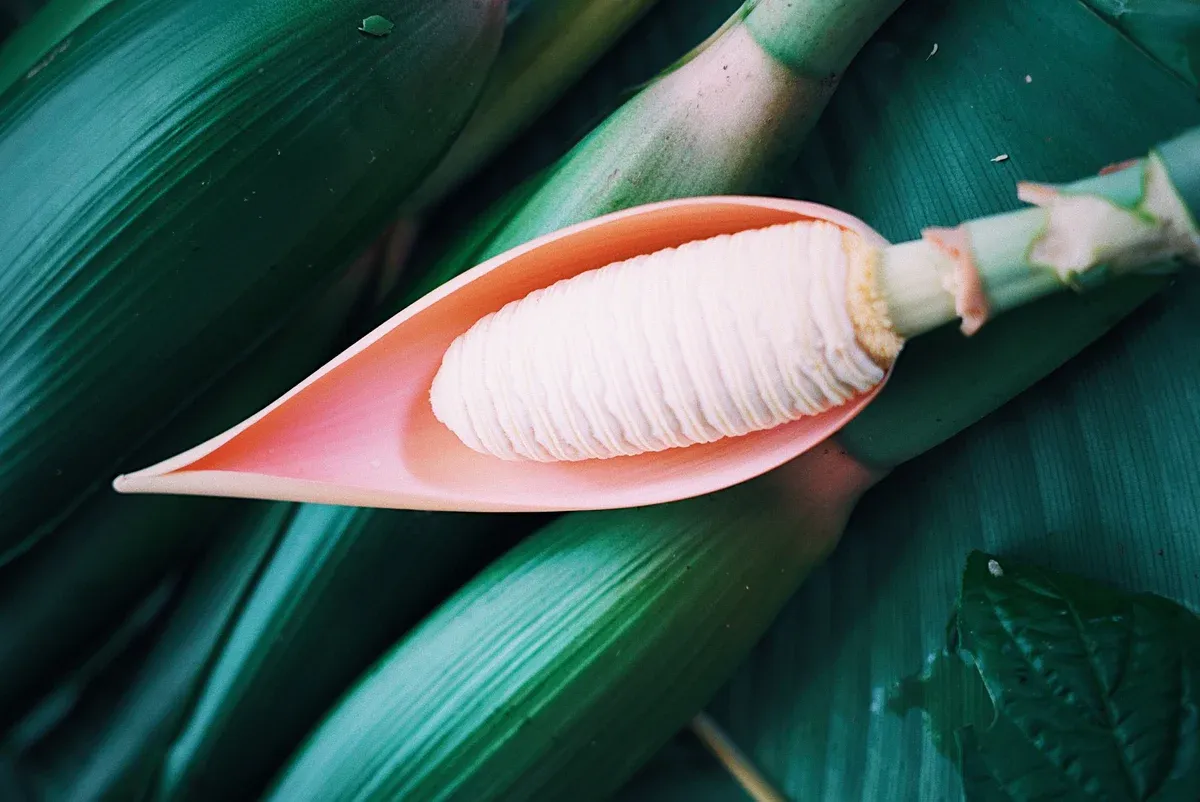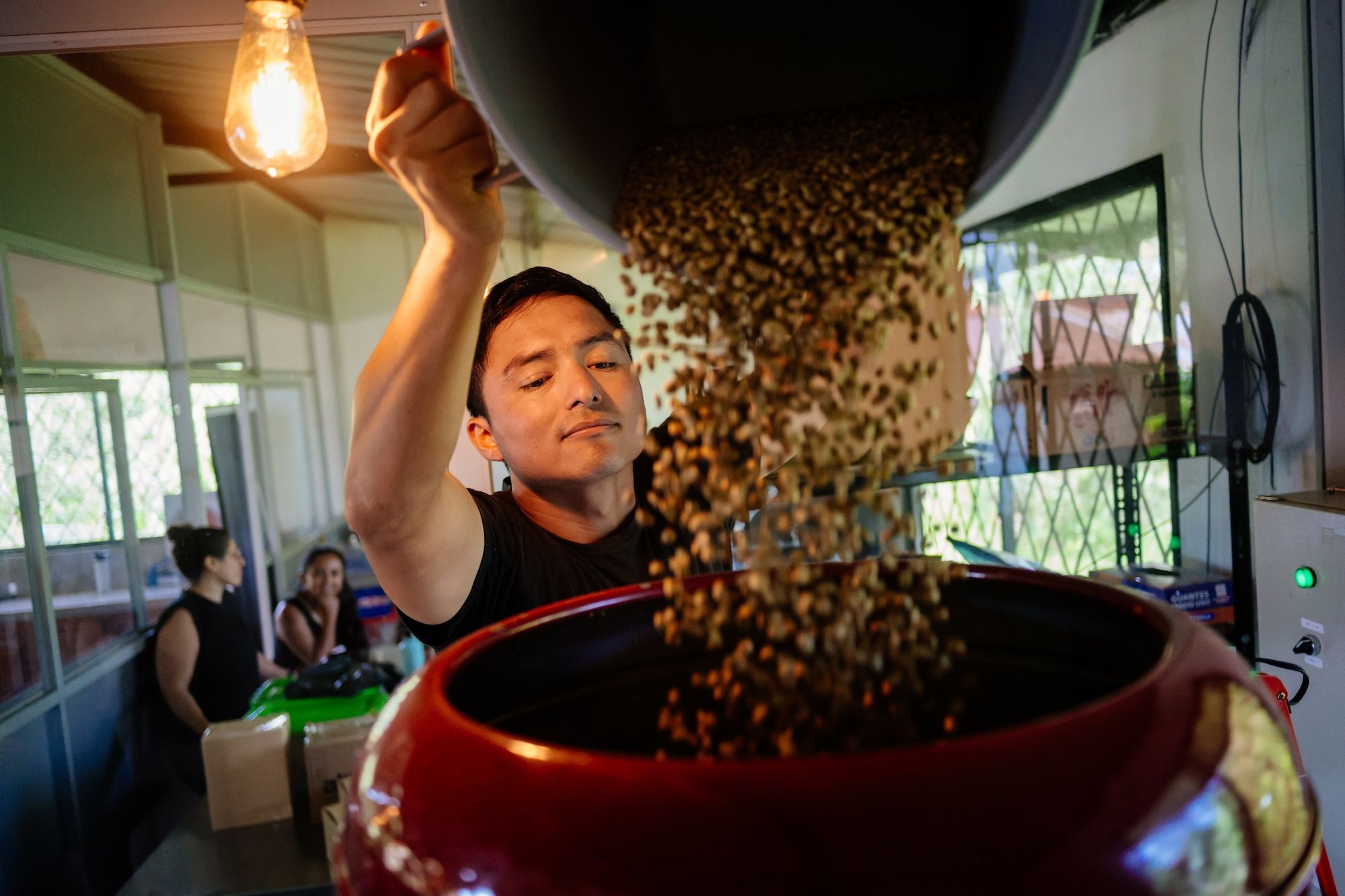My Cart
-
–+
{ discount.title }
{property.value}
{ cart.item_count } Items
{ cart.total_price | money Currency.currentCurrency }
You're saving { cart.total_discount | money Currency.currentCurrency }
Shipping & taxes calculated at checkout
Global Uprising, PBC dba Cotopaxi ("Cotopaxi") distributes 100% of the monetary donations that it receives from its customers to the Cotopaxi Foundation on a monthly basis.
What is the Cotopaxi Foundation?
The Cotopaxi Foundation is a Utah-based private 501c3 nonprofit organization.
Giving is core to the Cotopaxi model. The foundation is the next step in terms of doing more good. 1% of our annual revenue goes to the Cotopaxi Foundation, which aims to boost our grantmaking, democratize our impact, and help us make a bigger difference in the communities we touch.
Every time you purchase one of our products, you’re contributing to the Cotopaxi Foundation. But we encourage you to be part of Doing Good by giving directly to the foundation. However you support our efforts, your contribution is making a difference.
We are not able to provide tax deductible receipts for our customers at this time. Cotopaxi is exploring how to modify this process in the future, and will post updates here on our website.


